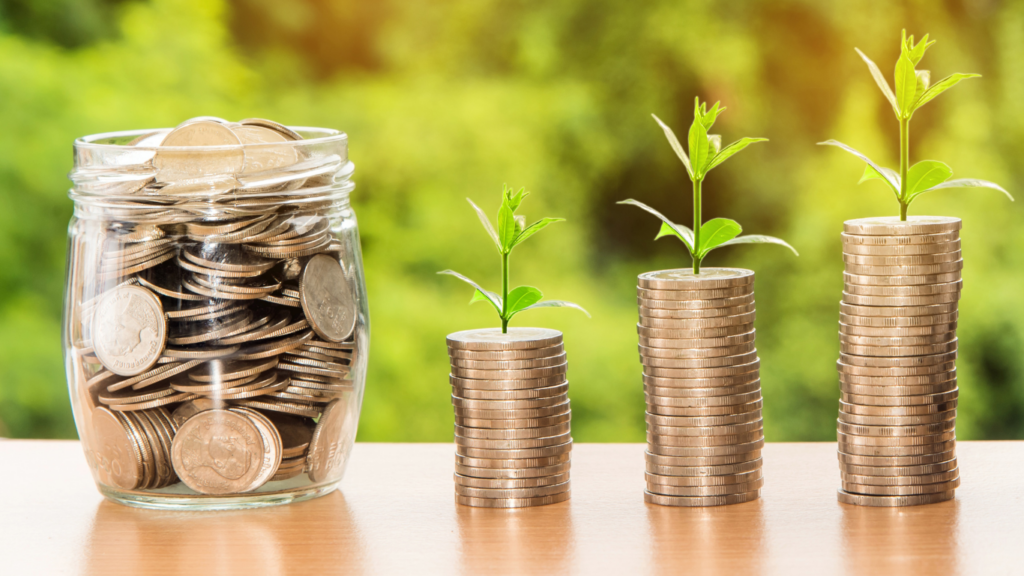Introduction:
A Beacon of Hope in Somalia’s Financial Landscape
In the heart of Mogadishu, Gargaara Finance Limited, a financial institution born from Somalia’s resilience, is charting an ambitious course to transform the nation’s economic trajectory. Backed by the World Bank and a coalition of international development partners, Gargaara has set its sights on a bold goal: tripling its loan portfolio from 20million in 2024 to 60 million by 2026. This audacious target is not merely about numbers—it is a lifeline for thousands of Somali entrepreneurs, a testament to the power of strategic partnerships, and a blueprint for post-conflict recovery.
At its core, Gargaara’s mission is to bridge the chasm between Somalia’s untapped potential and its systemic barriers. With over 70% of the population under 30 and a private sector dominated by micro-enterprises, the country’s economic revival hinges on access to finance. Yet, for years, banks shuttered their doors, loans were a distant dream for most, and distrust in formal institutions festered. Gargaara’s emergence in 2019 marked a turning point, blending World Bank funding with local expertise to rebuild Somalia’s financial architecture from the ground up.
This article delves into the mechanics of Gargaara’s growth strategy, exploring how it plans to scale its impact, navigate Somalia’s complex challenges, and ultimately, catalyze a $60 million wave of investment into the hands of those who need it most.
The Foundations of Growth—Gargaara’s Journey So Far From Humble Beginnings to a National Catalyst
When Gargaara opened its doors in 2019, Somalia’s financial sector was a shadow of its pre-war self. Decades of conflict had eroded institutional capacity, leaving banks risk-averse and disconnected from the needs of small businesses. The institution began with a modest $15 million convertible loan from the Federal Government of Somalia, aimed at funding micro, small, and medium enterprises (MSMEs) in agriculture and livestock—sectors that form the backbone of Somalia’s economy.
Early victories were hard-won. In its first two years, Gargaara disbursed 3.7million through partnerships with Participating Financial Institutions(PFIs) like Amal Bank and IBS Bank. By 2024, Gargaara’s loan book had swelled more than 20 million, fueled by World Bank grants and technical assistance.
The World Bank Partnership—A Engine for Scale
Aligning Visions for Financial Inclusion
Central to Gargaara’s strategy is its symbiotic relationship with the World Bank. Through the Somalia Capacity Advancement, Livelihoods, and Entrepreneurship (SCALED-UP) project, the central Bank has injected over $150 million into Somalia’s financial sector, with different agencies serving as a key implementing partner. This collaboration goes beyond funding; it is a fusion of global expertise and local insight.
The World Bank’s support enables Gargaara to offer concessionary loans to PFIs at rates as low as 3%, far below Somalia’s market average of 15–25%. These institutions then on-lend to MSMEs, creating a ripple effect of affordability. For example, a $500,000 World Bank grant in 2023 allowed Gargaara to pilot a digital lending platform with Amal Bank, reducing loan approval times from 30 days to 14.
The Road to $60 Million: A Three-Pronged Strategy
To triple its portfolio, Gargaara is deploying a multifaceted approach:
- Expanding Geographic Reach: While 46% of its 2021–2022 loans went to Banadir (Mogadishu), the institution is now targeting underserved regions like Somaliland and Galmudug. Mobile banking units and partnerships with local elders are bridging the trust gap in rural areas.
- Diversifying Sectors: Beyond agriculture and energy, Gargaara is venturing into healthcare, education, and tech. A recent $2 million pilot with SILATECH funds youth-led startups developing solar-powered irrigation apps.
- Attracting Private Capital: The World Bank’s guarantees have de-risked investments, enticing private equity firms like Prosper Africa to explore Somalia’s markets.
Chapter 3: Overcoming Barriers—The Tightrope of Growth
Navigating Somalia’s Unique Challenges
Scaling in a fragile state is akin to building a skyscraper on shifting sands. Somalia’s lack of regulatory clarity, intermittent political instability, and underdeveloped infrastructure pose constant threats. For instance, a 2022 plan to expand solar mini-grids in Hirshabelle stalled for months due to clashes over land rights. “Every step forward feels like a minor miracle,” admits CEO Sulieman Dualeh.
To mitigate risks, Gargaara has embedded resilience into its model:
- Risk-Sharing Mechanisms: Partnering with the U.S. International Development Finance Corporation (DFC), Gargaara now insures 50% of loans to female entrepreneurs.
- Community-Led Due Diligence: Engaging clan leaders and women’s groups to vet borrowers, reducing defaults.
- Adaptive Technology: Using blockchain to track livestock collateral in real-time, minimizing fraud.
The Gender Imperative
Women remain at the heart of Gargaara’s strategy. Despite comprising 85% of Somalia’s informal traders, they receive just 15% of formal loans. To address this, Gargaara has been offering Sharia-compliant loans with flexible repayments. Early results are promising: in 2023, 40% of micro-loans went to women, up from 15% in 2020.
The Road Ahead—Innovation and Ambition
Digital Frontiers and Climate Resilience
To achieve 60 million by 2026, Gargaara is betting on technology. A partnership with a company like Qatar’s SILATECH will open new markets and digital opportunities like the Green Growth Fund which aims to finance climate-resilient agribusinesses, from drought-resistant crops to solar-powered desalination plants.
Policy Advocacy—Building an Enabling Environment
Gargaara is lobbying the Somali government to modernize its 1975 Commercial Code, which restricts the use of movable assets as collateral. “A farmer’s plow should be as valid as a land title,” argues Dualeh. Draft legislation, supported by the World Bank, is expected by 2025.
A Vision of Prosperity
Gargaara’s journey to $60 million is more than a financial target—it is a covenant with Somalia’s future. By blending World Bank resources with grassroots ingenuity, the institution is proving that even in the world’s most fragile states, growth is possible. As Dualeh often reminds his team: “We are not just financing businesses; we are financing hope.”
For Somalia’s youth, its women, and its entrepreneurs, Gargaara’s strategy offers more than capital. It offers a promise: that in the ashes of conflict, a new economy can rise—one built on inclusion, innovation, and unwavering resolve.

